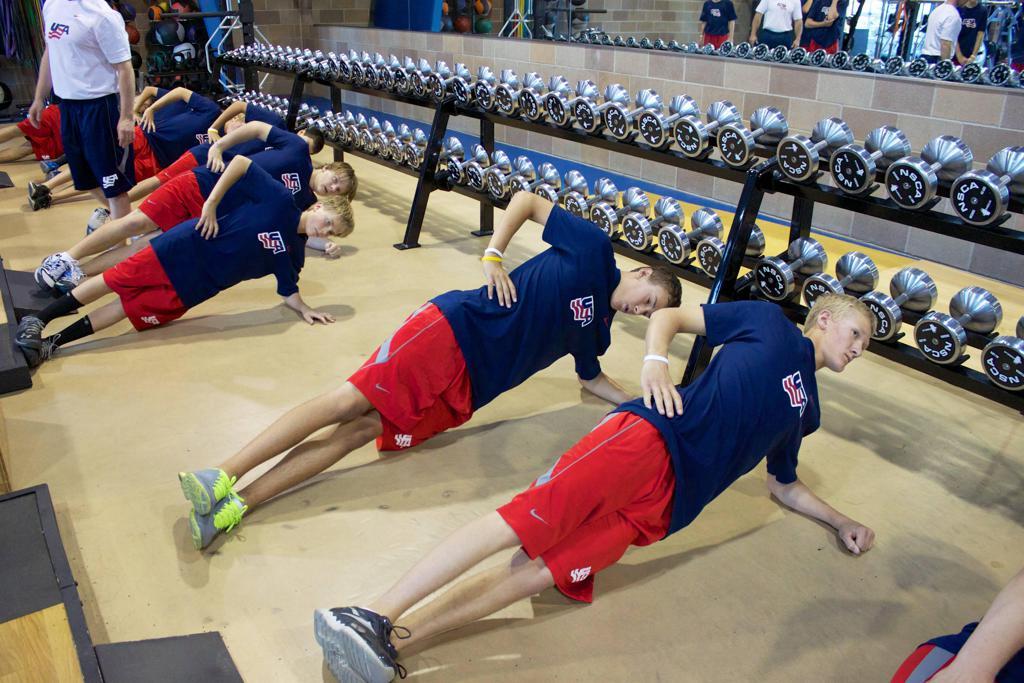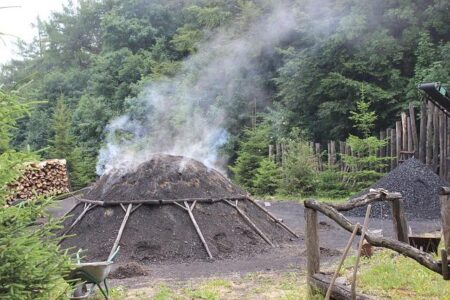As athletes and fitness enthusiasts face unavoidable breaks from their regular training routines-whether due to off-season periods, injury recovery, or limited access to facilities-maintaining physical fitness becomes a critical challenge. Dryland training offers an effective solution, enabling individuals to preserve strength, endurance, and flexibility without the need for pools or specialized equipment. This article highlights six essential dryland exercises designed to keep fitness levels intact during breaks, ensuring that athletes remain prepared for a strong comeback.
Effective Dryland Training Techniques to Boost Muscle Endurance
Focusing on building muscle endurance without the use of gym equipment requires a strategic approach to dryland training. One of the most effective techniques involves combining bodyweight exercises with controlled, high-repetition sets that keep the muscles engaged for extended periods. Incorporating movements such as planks, Bulgarian split squats, and push-up variations not only improves endurance but also enhances core stability and overall functional strength. To maximize gains, athletes should maintain a steady pace, avoid resting too long between sets, and emphasize proper form to reduce the risk of injury.
Another key method is employing interval training with dynamic movements that target multiple muscle groups simultaneously. Exercises like mountain climbers, bear crawls, and jumping lunges create a cardiovascular challenge while forcing muscles to sustain activity over time. Combining these exercises into circuits improves muscle stamina and simulates the continuous energy demands often required in competitive sports. For clarity, the table below outlines sample timing for each movement within a dryland interval workout:
| Exercise | Duration (seconds) | Rest (seconds) |
|---|---|---|
| Mountain Climbers | 45 | 15 |
| Bear Crawls | 40 | 20 |
| Jumping Lunges | 30 | 15 |
| Plank Hold | 60 | 30 |
Targeted Cardio Workouts for Sustained Fitness Off the Field
Maintaining cardiovascular health during a break from regular training demands focused efforts that replicate the intensity and variability athletes experience on the field. Effective cardio workouts should incorporate interval training techniques, alternating between bursts of high-intensity effort and active recovery phases. This approach not only preserves aerobic capacity but also enhances VO2 max and metabolic conditioning, critical for sustained performance. Examples include sprinting in place for 30 seconds followed by a one-minute walk or low-impact cycle on a stationary bike, repeated in cycles for 20 to 30 minutes.
To diversify the routine and minimize monotony, integrating exercises that engage multiple muscle groups simultaneously can be highly beneficial. Plyometric moves such as jump squats and lateral bounds, combined with quick foot drills and agility ladder sequences, elevate heart rates while improving coordination and balance. Below is a quick reference table showcasing sample intervals suitable for a dryland cardio session, enabling athletes to customize workouts based on their fitness level.
| Exercise | Work Interval | Rest Interval | Rounds |
|---|---|---|---|
| Sprint in Place | 30 sec | 60 sec | 6 |
| Jump Squats | 20 sec | 40 sec | 5 |
| Lateral Bounds | 30 sec | 30 sec | 4 |
| High-Knee March | 45 sec | 45 sec | 5 |
Incorporating Flexibility and Core Strength Exercises for Balanced Performance
Achieving a harmonious blend of flexibility and core strength is essential for athletes looking to preserve their performance levels during downtime. Incorporating exercises that target both areas not only aids in injury prevention but also enhances movement efficiency when returning to full training. Stretching routines, such as dynamic yoga flows or controlled Pilates movements, complement core stabilization drills to keep muscles supple and responsive. Emphasizing controlled breathing techniques alongside these exercises can further optimize muscle activation and mental focus, providing a comprehensive approach to dryland training.
Integrating these elements into a structured session ensures balanced muscular development and supports postural alignment, which is often compromised during periods of reduced activity. Below is a selection of key movements recommended for maintaining this balance:
- Plank variations – Enhance core endurance and spinal support.
- Cat-Cow stretches – Promote spinal flexibility and mobility.
- Side-lying leg lifts – Strengthen lateral core and hip stabilizers.
- Seated spinal twists – Improve rotational flexibility.
| Exercise | Focus Area | Benefits |
|---|---|---|
| Forearm Plank | Core | Enhances overall stability and endurance |
| Downward Dog to Cobra Flow | Flexibility | Increases spinal mobility and hamstring stretch |
| Side Plank with Hip Dips | Oblique Core | Builds lateral strength and balance control |
| Seated Spinal Twist | Flexibility | Promotes rotational core flexibility |
In Retrospect
As athletes and fitness enthusiasts alike navigate periods away from their usual training environments, dryland exercises offer a practical solution to maintain strength, flexibility, and endurance. Incorporating these six targeted movements into your routine can help bridge the gap until you return to full activity, ensuring that performance levels stay on track. Staying consistent with dryland training not only preserves physical fitness but also promotes injury prevention and mental resilience. Whether sidelined temporarily or seeking variety, these exercises serve as an essential tool for sustaining overall health during breaks from traditional workouts.





